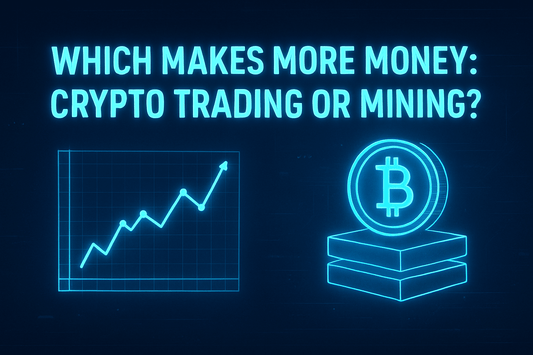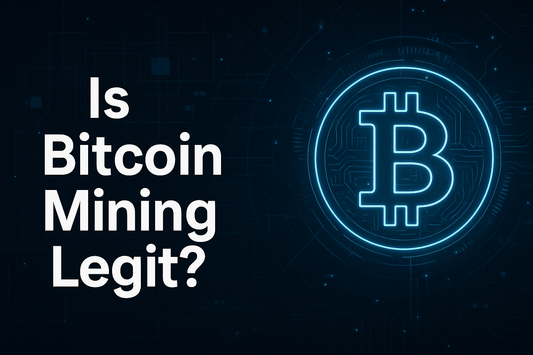This article explores the key factors influencing cryptocurrency mining profitability, including hardware performance, electricity costs, coin price fluctuations, network difficulty, and more, helping miners better understand and optimize their mining returns.

Hardware Performance and Efficiency
The performance of mining hardware plays a crucial role in determining mining profitability. Key factors include:
-
Hashrate: This measures the computational power of the mining device. A higher hashrate increases the chances of successfully mining a block and earning rewards.
-
Power Consumption and Energy Efficiency: Mining devices consume significant electricity. Efficient hardware that delivers higher hashrate per watt can greatly reduce electricity costs, which is often the largest expense for miners.
-
Depreciation and Maintenance Costs: Mining equipment loses value over time due to technological advancements and wear. Additionally, maintenance and repairs are necessary to keep the devices running optimally, affecting overall profitability
Electricity Costs
Electricity costs are one of the most significant factors impacting mining profitability:
-
Regional Electricity Price Differences: The cost of electricity varies greatly depending on geographic location. Regions with cheaper electricity, such as areas with abundant hydropower or subsidized rates, offer miners a competitive advantage.
-
Electricity Price Fluctuations: Changes in electricity prices can rapidly affect mining margins. Sudden increases may force miners to shut down operations if profits become negative.
-
Energy-saving Measures and Renewable Energy: Implementing energy-efficient practices or using renewable energy sources like solar or wind power can reduce operational costs and improve long-term sustainability.
Cryptocurrency Market Price
The price of the cryptocurrency being mined has a direct and significant impact on mining profitability:
-
Price Volatility: Cryptocurrency prices can fluctuate dramatically within short periods. Higher prices increase the value of mined coins, boosting revenue, while price drops can quickly erode profits.
-
Market Sentiment and Miner Behavior: When prices rise, miners may hold onto their coins expecting further gains, while price declines might force miners to sell immediately to cover costs, affecting overall market dynamics.
-
Impact on Investment Decisions: Anticipated future price trends influence miners’ decisions about upgrading hardware or expanding operations.
Network Difficulty and Mining Rewards
Several factors related to the blockchain network itself also affect mining profitability:
-
Mining Difficulty Adjustment: The mining difficulty changes periodically based on the total network hashrate to maintain consistent block times. When more miners join, difficulty rises, reducing individual miners’ chances of earning rewards.
-
Block Reward Halving: Many cryptocurrencies, like Bitcoin, have scheduled reward halvings that cut the block reward by 50%, significantly impacting miners’ revenue unless offset by price increases or efficiency gains.
-
Transaction Fees: In addition to block rewards, miners earn transaction fees. During periods of high network activity, fees can become a substantial part of mining income.
Mining Pool Choice and Mining Methods
How miners organize their efforts also influences profitability:
-
Solo Mining vs. Pool Mining: Solo mining means mining independently and keeping all rewards but with less frequent payouts due to competition. Pool mining combines miners’ computational power, providing more consistent but shared rewards.
-
Pool Fees and Reward Distribution: Mining pools typically charge fees (usually 1–3%) which reduce miners’ overall earnings. Different pools have various reward distribution methods that can affect profitability.
-
Impact on Mining Stability: Pools can offer more predictable income, reducing variance and risk for miners, which can be critical for maintaining steady operations.
Regulatory and Policy Environment
Government regulations and regional policies can have a profound effect on mining operations and profitability:
-
Local Mining Regulations: Some countries support mining through favorable policies or subsidies, while others impose restrictions or outright bans due to environmental or energy concerns.
-
Electricity Usage Limits: In regions facing power shortages or grid pressure, authorities may restrict industrial electricity use, including mining, forcing miners to relocate or shut down.
-
Legal and Tax Considerations: Compliance with tax laws, import/export rules for mining hardware, and local business regulations can add operational complexity and affect net profits.
Other Operational Costs
Beyond electricity and hardware, miners must also account for various ongoing expenses that affect profitability:
-
Cooling and Infrastructure Costs: Mining rigs generate substantial heat and require effective cooling systems, which consume additional power and increase operational complexity.
-
Internet and Network Expenses: A stable and high-speed internet connection is essential for efficient mining, especially in pool mining where latency can impact performance.
-
Labor and Facility Costs: Depending on the scale of operations, costs for staff, security, physical space rental, and maintenance services can significantly affect the bottom line.
Conclusion
Mining profitability is influenced by a complex interplay of factors—ranging from hardware efficiency and electricity costs to coin prices, network difficulty, and government regulations. Successful miners continuously monitor these variables, adapt their strategies, and optimize operations to stay competitive. By understanding and managing these key elements, miners can maximize returns and reduce the risks associated with the ever-changing crypto mining landscape.



